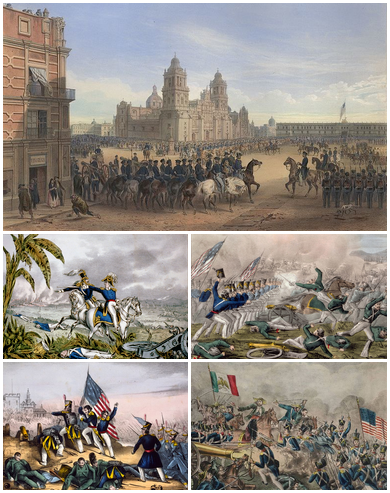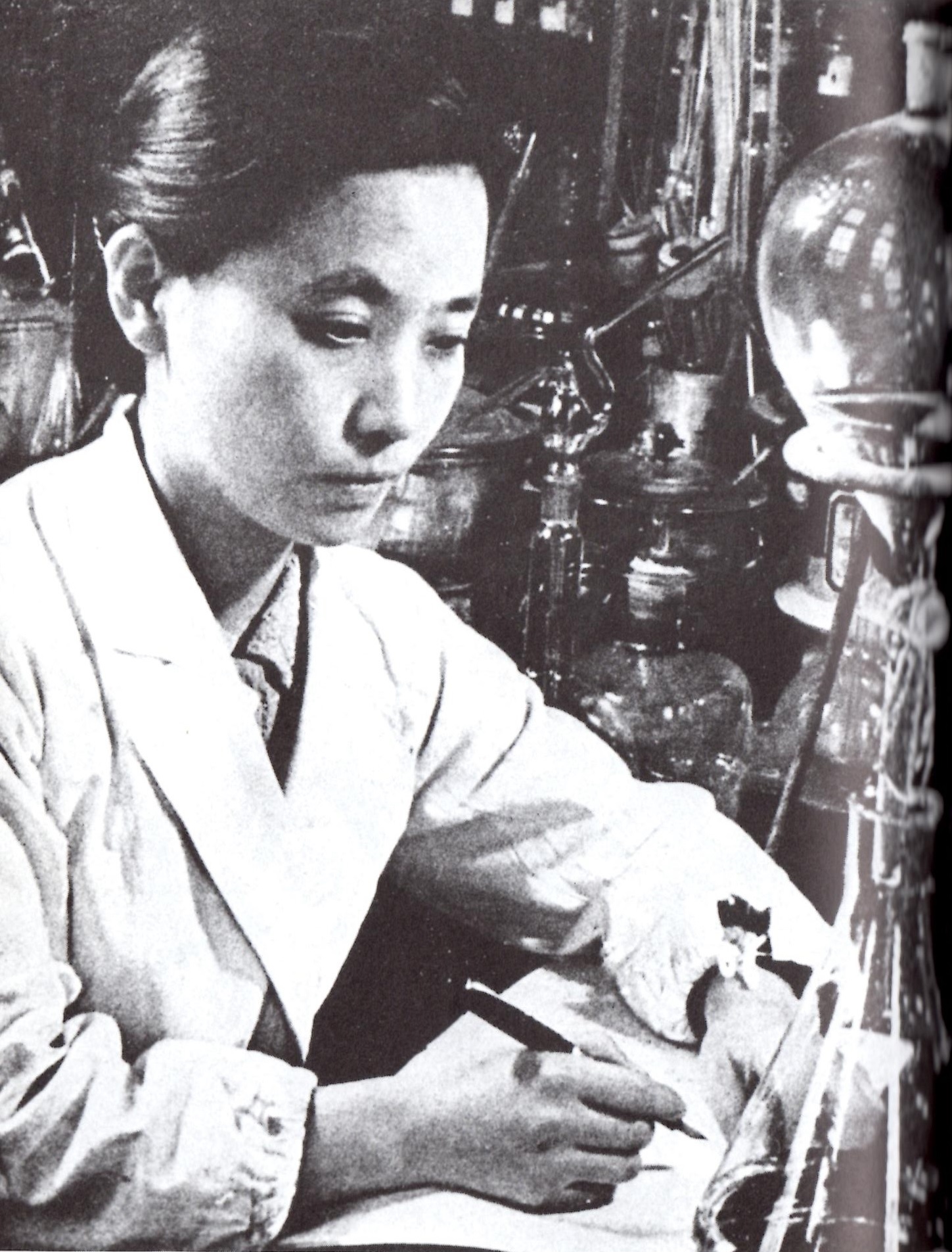|
Marian Farquharson
Marian Sarah Ogilvie Farquharson, FLS, FRMS (née Ridley, 2 July 1846 – 20 April 1912) was a British naturalist and women's rights activist. The first female Fellow of the Royal Microscopical Society (although not permitted to attend meetings), Farquharson is best remembered for her campaign of women rights to full fellowship of learned societies. Early and personal life Marian Sarah Ridley was born on 2 July 1846 in West Meon, Hampshire, England, the eldest daughter of Reverend Nicholas James Ridley and Frances Joucriet (d. 1901). She was a descendent of Bishop Nicholas Ridley. Educated at home, including lessons in music, she became interested in natural history. In 1883, she married Robert Francis Ogilvie Farquharson from near Alford, Aberdeenshire. She moved to live with him on the Haughton estate. He died in May 1890 and she continued interests in both natural history and women's membership of learned societies. Scientific activity She joined the Epping Forest and ... [...More Info...] [...Related Items...] OR: [Wikipedia] [Google] [Baidu] |
West Meon
West Meon is a village and civil parish in Hampshire, England, with a population of 749 people at the 2011 census. Geography It is north-west of East Meon, on the headwaters of the River Meon. Its closest town is Petersfield which is to the east. There are a number of walks around the village and surrounding hills along the South Downs Way and the bridleway provided by the, now defunct Meon Valley Railway Line, which leads south from West Meon to Wickham. History A charter of 932 in which King Æthelstan granted West Meon to the thegn Æthelweard includes a detailed account of the boundary of the estate which almost coincides with the boundary of the modern parish of West Meon. The Manor of West Meon was listed in the Domesday Book as owned by the Bishop of Winchester. A charter of 1205 confirmed the grant of land to the Prior and Convent of St. Swithun, Winchester, in whose hands it remained until the Dissolution of the Monasteries. In 1541 the manor was granted to ... [...More Info...] [...Related Items...] OR: [Wikipedia] [Google] [Baidu] |
Linnean Society Of London
The Linnean Society of London is a learned society dedicated to the study and dissemination of information concerning natural history, evolution, and Taxonomy (biology), taxonomy. It possesses several important biological specimen, manuscript and literature collections, and publishes academic journals and books on plant and animal biology. The society also awards a number of prestigious medals and prizes. A product of the Age of Enlightenment, 18th-century enlightenment, the society is the oldest extant biological society in the world and is historically important as the venue for the first public presentation of the theory of evolution by natural selection on 1 July 1858. The patron of the society is Anne, Princess Royal. Honorary members include: King Charles III of the United Kingdom, Emeritus Emperor Akihito of Japan, King Carl XVI Gustaf of Sweden (both of the latter have active interests in natural history), and the eminent naturalist and broadcaster Sir David Attenboroug ... [...More Info...] [...Related Items...] OR: [Wikipedia] [Google] [Baidu] |
19th-century British Women Scientists
The 19th century began on 1 January 1801 (represented by the Roman numerals MDCCCI), and ended on 31 December 1900 (MCM). It was the 9th century of the 2nd millennium. It was characterized by vast social upheaval. Slavery was abolished in much of Europe and the Americas. The First Industrial Revolution, though it began in the late 18th century, expanded beyond its British homeland for the first time during the 19th century, particularly remaking the economies and societies of the Low Countries, France, the Rhineland, Northern Italy, and the Northeastern United States. A few decades later, the Second Industrial Revolution led to ever more massive urbanization and much higher levels of productivity, profit, and prosperity, a pattern that continued into the 20th century. The Catholic Church, in response to the growing influence and power of modernism, secularism and materialism, formed the First Vatican Council in the late 19th century to deal with such problems and confirm ce ... [...More Info...] [...Related Items...] OR: [Wikipedia] [Google] [Baidu] |
Fellows Of The Royal Microscopical Society
Fellows may refer to Fellow A fellow is a title and form of address for distinguished, learned, or skilled individuals in academia, medicine, research, and industry. The exact meaning of the term differs in each field. In learned society, learned or professional society, p ..., in plural form. Fellows or Fellowes may also refer to: Places * Fellows, California, USA * Fellows, Wisconsin, ghost town, USA Other uses * Fellowes, Inc., manufacturer of workspace products *Fellows, a partner in the firm of English canal carriers, Fellows Morton & Clayton * Fellows (surname) * Mount Fellows, a mountain in Alaska See also * North Fellows Historic District, listed on the National Register of Historic Places in Wapello County, Iowa * Justice Fellows (other) {{disambiguation ... [...More Info...] [...Related Items...] OR: [Wikipedia] [Google] [Baidu] |
Fellows Of The Linnean Society Of London
Fellows may refer to Fellow, in plural form. Fellows or Fellowes may also refer to: Places *Fellows, California, USA *Fellows, Wisconsin, ghost town, USA Other uses * Fellowes, Inc., manufacturer of workspace products *Fellows, a partner in the firm of English canal carriers, Fellows Morton & Clayton *Fellows (surname) *Mount Fellows, a mountain in Alaska See also *North Fellows Historic District The North Fellows Historic District is a historic district located in Ottumwa, Iowa, United States. The city experienced a housing boom after World War II. This north side neighborhood of single-family brick homes built between 1945 and 1959 ..., listed on the National Register of Historic Places in Wapello County, Iowa * Justice Fellows (other) {{disambiguation ... [...More Info...] [...Related Items...] OR: [Wikipedia] [Google] [Baidu] |
British Women's Rights Activists
British may refer to: Peoples, culture, and language * British people, nationals or natives of the United Kingdom, British Overseas Territories and Crown Dependencies. * British national identity, the characteristics of British people and culture * British English, the English language as spoken and written in United Kingdom of Great Britain and Northern Ireland and, more broadly, throughout the British Isles * Celtic Britons, an ancient ethno-linguistic group * Brittonic languages, a branch of the Insular Celtic language family (formerly called British) ** Common Brittonic, an ancient language Other uses *People or things associated with: ** Great Britain, an island ** British Isles, an island group ** United Kingdom, a sovereign state ** British Empire, a historical global colonial empire ** Kingdom of Great Britain (1707–1800) ** United Kingdom of Great Britain and Ireland (1801–1922) * British Raj, colonial India under the British Empire * British Hong Kong, colonial ... [...More Info...] [...Related Items...] OR: [Wikipedia] [Google] [Baidu] |
British Naturalists
British may refer to: Peoples, culture, and language * British people, nationals or natives of the United Kingdom, British Overseas Territories and Crown Dependencies. * British national identity, the characteristics of British people and culture * British English, the English language as spoken and written in United Kingdom of Great Britain and Northern Ireland and, more broadly, throughout the British Isles * Celtic Britons, an ancient ethno-linguistic group * Brittonic languages, a branch of the Insular Celtic language family (formerly called British) ** Common Brittonic, an ancient language Other uses *People or things associated with: ** Great Britain, an island ** British Isles, an island group ** United Kingdom, a sovereign state ** British Empire, a historical global colonial empire ** Kingdom of Great Britain (1707–1800) ** United Kingdom of Great Britain and Ireland (1801–1922) * British Raj, colonial India under the British Empire * British Hong Kong, colonial Ho ... [...More Info...] [...Related Items...] OR: [Wikipedia] [Google] [Baidu] |
1912 Deaths
This year is notable for Sinking of the Titanic, the sinking of the ''Titanic'', which occurred on April 15. In Albania, this leap year runs with only 353 days as the country achieved switching from the Julian to Gregorian Calendar by skipping 13 days. Friday, 30 November ''(Julian Calendar)'' immediately turned Saturday, 14 December 1912 ''(in the Gregorian Calendar)''. Events January * January 1 – The Republic of China (1912–49), Republic of China is established. * January 5 – The Prague Conference (6th All-Russian Conference of the Russian Social Democratic Labour Party) opens. * January 6 ** German Geophysics, geophysicist Alfred Wegener first presents his theory of continental drift. ** New Mexico becomes the 47th U.S. state. * January 8 – The African National Congress is founded as the South African Native National Congress, at the Waaihoek Wesleyan Church in Bloemfontein, to promote improved rights for Black people, black South Africans, with Joh ... [...More Info...] [...Related Items...] OR: [Wikipedia] [Google] [Baidu] |
1846 Births
Events January–March * January 5 – The United States House of Representatives votes to stop sharing the Oregon Country with the United Kingdom. * January 13 – The Milan–Venice railway's bridge, over the Venetian Lagoon between Mestre and Venice in Italy, opens, the world's longest since 1151. * January 23 – Ahmad I ibn Mustafa, Bey of Tunis, declares the legal abolition of slavery in Tunisia. * February 4 – Led by Brigham Young, many Mormons in the U.S. begin their migration west from Nauvoo, Illinois, to the Great Salt Lake in what becomes Utah. * February 10 – First Anglo-Sikh war: Battle of Sobraon – British forces in India defeat the Sikhs. * February 18 – The Galician Peasant Uprising of 1846 begins in Austria. * February 19 – Texas annexation: United States president James K. Polk's annexation of the Republic of Texas is finalized by Texas president Anson Jones in a formal ceremony of transfer of sovereignty. The newly formed ... [...More Info...] [...Related Items...] OR: [Wikipedia] [Google] [Baidu] |
Timeline Of Women In Science
This is a timeline of women in science, spanning from ancient history up to the 21st century. While the timeline primarily focuses on women involved with natural sciences such as astronomy, biology, chemistry and physics, it also includes women from the social sciences (e.g. sociology, psychology) and the formal sciences (e.g. mathematics, computer science), as well as notable science educators and medical scientists. The chronological events listed in the timeline relate to both scientific achievements and gender equality within the sciences. Ancient history * 1900 BCE: Aganice, also known as Athyrta, was an Egyptian princess during the Middle Kingdom (about 2000–1700 BCE) working on astronomy and natural philosophy. *: Hatshepsut, also known as the Queen Doctor, promoted a botanical expedition searching for officinal plants. * 1200 BCE: The Mesopotamian perfume-maker Tapputi-Belatekallim was referenced in the text of a cuneiform tablet. She is often considered the world' ... [...More Info...] [...Related Items...] OR: [Wikipedia] [Google] [Baidu] |
Desmidiales
Desmidiales, commonly called the desmids (''Gr.'' ''desmos'', bond or chain), are an order in the Charophyta, a division of green algae in which the land plants ( Embryophyta) emerged. Desmids consist of single-celled (sometimes filamentous or colonial) microscopic green algae. Because desmids are highly symmetrical, attractive, and come in a diversity of forms, they are popular subjects for microscopists, both amateur and professional. The desmids belong to the class Zygnematophyceae. Although they are sometimes grouped together as a single family Desmidiaceae, most classifications recognize three to five families, usually within their own order, Desmidiales. The Desmidiales comprise around 40 genera and 5,000 to 6,000Brook, Alan J., 1981. ''The Biology of Desmids'', page 1. (Berkeley: University of California Press). species, found mostly but not exclusively in fresh water. In general, desmids prefer acidic waters (pH between 4.8 and 7.0), so many species may be found in ... [...More Info...] [...Related Items...] OR: [Wikipedia] [Google] [Baidu] |





